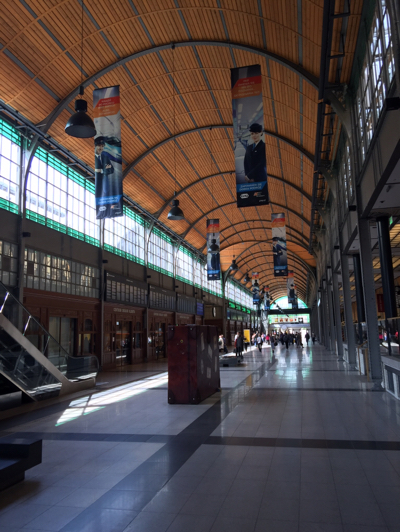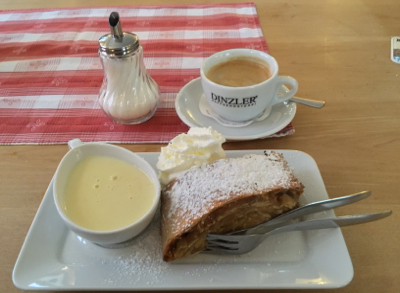
Last year my travel writing colleague Lee Tulloch wrote an article prompted by the movie The Grand Budapest Hotel. In it, she regretted the gradual loss of the "eastern European hotels that have perhaps seen better times, preserved in all their dusty glory through decades of neglect."
I knew just what she meant. When I started visiting Poland for Lonely Planet in 2006, I regularly encountered grand 19th century hotels which had faded over the years. Rather than this being a negative, their scuffed wood and tired velvet curtains lent these places a hugely romantic aura, with a whiff of glamour from the past.
And of course, they were affordable. Owned by Orbis, the company which was once the communist state's official travel agency, they'd also retained some fascinatingly unsympathetic Cold War decor layered over the original fin de siècle architecture.
I remember staying in the Hotel Monopol in Wrocław, which had a breakfast room of modernist pink furniture entered from an enduringly imperial lobby. In Łódź, The Grand Hotel put me up in an unrenovated single room which had a chunky communist-era radio and a shared bathroom.
I can't afford to stay at the Hotel Monopol nowadays. Bought by the Likus group some years ago, it's been renovated into splendid luxury accommodation. Likus also bought the Grand in Łódź, so I assumed it would also be out of my reach when I approached the central city on my current visit to Poland.
Except, it wasn't. So I decided to reserve a room at the Grand, to see what they'd done to the place.

For whatever reason, Likus has held off from launching the expected multi-multi-million złoty refurbishment of the Grand. So it turned out to be much as I remembered it, though the old dame had been cleaned, tidied and given a certain amount of necessary maintenance.
But oh, the aura of the faded past! It was everywhere I looked, as I roamed about the lobby:






When I took the lift to the fifth floor to find my room, this is what I encountered (along with creaking floorboards and cracked tiles):



The room was the only disappointment in all of this. As you can see, it had been modernised in a fairly straightforward way, gaining neither the glamour of past eras nor the luxury of the present day. But its time will presumably come.
There was one more surprise from the pre-WWI past, when Łódź had been a major industrial city of the Russian Empire, and anyone who was anyone had come to the Grand.
Behind the lobby I found its vast dining room, decorated around its walls by plaster statues of pink-hued cherubs:


That's the room I had breakfast in this morning. As I dealt with my scrambled eggs, I looked around me and felt glad I could see the old Grand one last time, before it was inevitably refreshed for the 21st century.
And it was only costing me $70 a night for this dash of faded glory. The next time I visited Łódź, I suspected it would cost much, much more.
Note: I paid for my own stay at the Grand Hotel; its staff have no idea their workplace is the subject of my nostalgic musings, and are probably just waiting impatiently for the renovation.

























